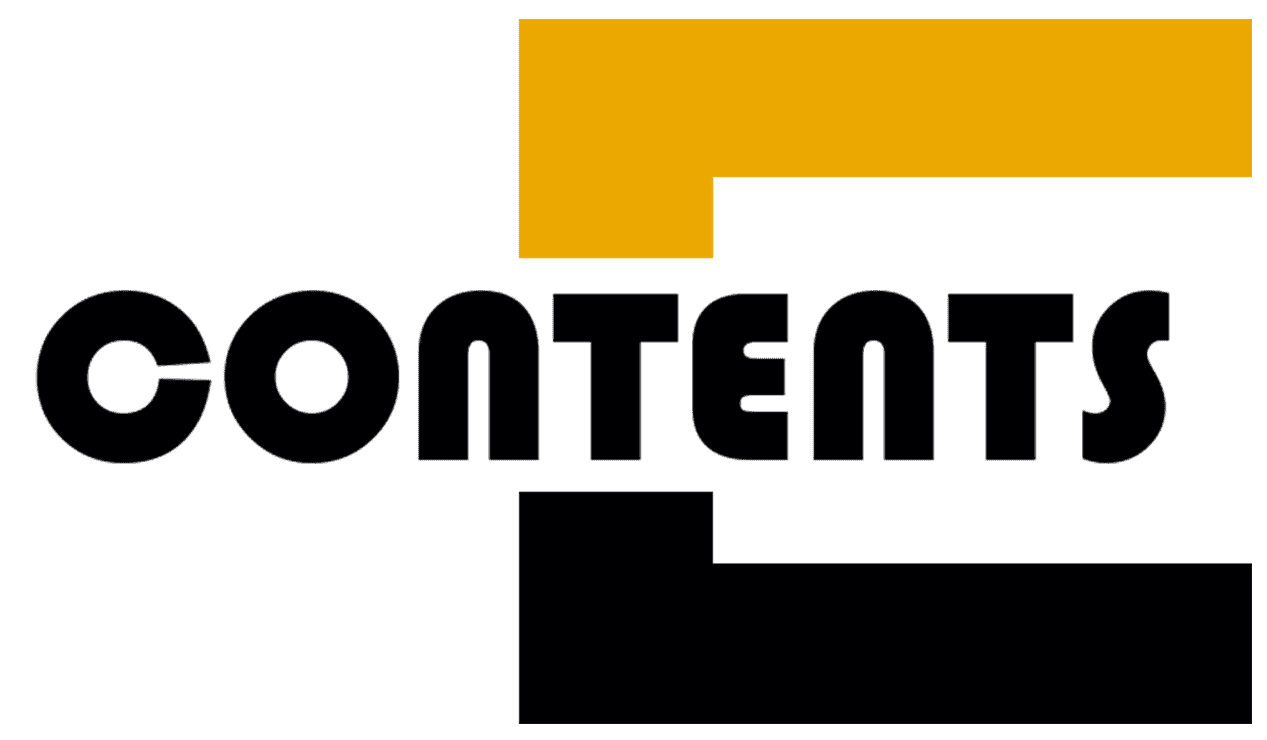 The Role of UX/UI Design in Boosting Conversion Rates
The Role of UX/UI Design in Boosting Conversion Rates
In the digital marketplace, a website serves as the primary interaction point between a business and its customers. The effectiveness of this interaction largely hinges on the quality of the website’s User Experience (UX) and User Interface (UI) design. A well-designed website does more than just look good; it plays a pivotal role in guiding users through their journey, ultimately leading to conversions.
This article delves into how effective UX/UI design can dramatically boost your website’s conversion rates, providing actionable strategies to enhance user experience and drive more sales. UX/UI design is not just about creating visually appealing websites; it’s about crafting interfaces that are both intuitive and user-friendly.
1. Crafting Intuitive and Aesthetically Pleasing Interfaces
UX/UI design is not just about creating visually appealing websites; it’s about crafting interfaces that are both intuitive and user-friendly. When users visit a website, they expect a seamless experience where they can easily find information, navigate through pages, and complete desired actions, such as making a purchase or signing up for a newsletter.
Key Elements of Effective UX/UI Design:
- Simplicity and Clarity: An effective design avoids clutter and uses clear, concise language to guide users. The easier it is for users to understand and navigate your website, the more likely they are to convert.
- Consistency: Consistent design elements, such as buttons, fonts, and color schemes, help users become familiar with the site’s layout, making it easier for them to interact with the website.
- Visual Hierarchy: By strategically placing design elements, you can draw attention to key actions, such as calls to action (CTAs), which can significantly increase conversion rates.
When a website is both aesthetically pleasing and easy to use, it not only enhances user satisfaction but also builds trust. Users are more likely to engage with and convert on a website that feels professional and well-designed.
2. Conducting A/B Testing to Optimize Design and Content
A/B testing is a powerful tool for optimizing UX/UI design. By testing different versions of a webpage, you can determine which design and content elements perform best in terms of driving conversions.
A/B Testing Strategies:
- Testing Layouts: Experiment with different page layouts to see which one leads to higher user engagement and conversions. For example, testing the placement of CTAs, images, and text blocks can reveal the most effective arrangement.
- Testing Visuals and Colors: Colors and imagery play a significant role in influencing user behavior. A/B testing can help identify the color schemes and images that resonate most with your audience.
- Testing Copy: The language used on your website can significantly impact conversion rates. Test different headlines, body text, and CTA copy to find the most compelling and persuasive content.
Through continuous A/B testing, you can refine your UX/UI design to better meet the needs and preferences of your users, leading to higher conversion rates.
3. Analyzing and Optimizing the User Journey
Understanding the user journey is critical to designing a website that converts. User journey mapping involves analyzing the steps a user takes from the moment they land on your website to the point of conversion. By optimizing each step of this journey, you can reduce friction and increase the likelihood of conversions.
Steps in User Journey Mapping:
- Identify Key Touchpoints: Determine the key points where users interact with your website, such as landing pages, product pages, and checkout processes.
- Analyze User Behavior: Use tools like heatmaps and analytics to understand how users navigate your site, where they spend the most time, and where they drop off.
- Optimize Touchpoints: Based on your analysis, make improvements to key touchpoints. For example, simplifying the checkout process or adding more informative content to product pages can help move users closer to conversion.
By mapping and optimizing the user journey, you ensure that your website meets user needs at every stage, reducing drop-offs and increasing conversion rates.
4. Ensuring Intuitive and Responsive Design
In today’s multi-device world, your website must be responsive and intuitive across all platforms. A responsive design adjusts seamlessly to different screen sizes, ensuring that users have a consistent and enjoyable experience whether they are on a desktop, tablet, or smartphone.
Benefits of Responsive and Intuitive Design:
- Enhanced Mobile Experience: With a significant portion of web traffic coming from mobile devices, a responsive design is crucial. It ensures that your website is accessible and user-friendly on all devices, reducing bounce rates and increasing conversions.
- Improved Navigation: An intuitive design means users can easily find what they’re looking for without unnecessary clicks or confusion. This improves user satisfaction and keeps them on your site longer, increasing the chances of conversion.
- Better SEO Performance: Search engines prioritize mobile-friendly and responsive websites in their rankings. By optimizing for responsiveness, you not only enhance user experience but also improve your search engine rankings, driving more traffic to your site.
A responsive and intuitive design demonstrates your commitment to quality and ensures that your website provides a seamless experience across all devices, boosting your conversion rates.
5. Engaging Users with Interactive Design Elements
Interactive design elements, such as animations, sliders, and dynamic content, can significantly enhance user engagement. When used effectively, these elements can make your website more interactive and enjoyable, encouraging users to spend more time on your site and increasing the likelihood of conversion.
Effective Use of Interactive Design Elements:
- Animations: Subtle animations can guide users’ attention to important elements, such as CTAs, making it easier for them to take action.
- Sliders and Carousels: These elements allow you to present multiple pieces of content in a small space, helping to keep the design clean and engaging while providing users with the information they need.
- Dynamic Content: Personalized content that changes based on user behavior can make your website more relevant and engaging, increasing the chances of conversion.
By incorporating interactive design elements, you can create a more engaging user experience that encourages exploration and increases the likelihood of conversions.
6. Speed and Performance Optimization
Website speed is a critical factor in user experience and conversion rates. A slow-loading website frustrates users and leads to higher bounce rates, which can significantly impact your conversion rates.
Strategies for Speed and Performance Optimization:
- Image Optimization: Compress and optimize images to reduce load times without sacrificing quality. This can significantly improve your website’s performance.
- Minimize HTTP Requests: Reducing the number of elements on your page (such as images, scripts, and stylesheets) can decrease load times and improve user experience.
- Use a Content Delivery Network (CDN): A CDN distributes your website’s content across multiple servers worldwide, reducing latency and improving load times for users around the globe.
- Enable Browser Caching: Browser caching stores copies of your web pages on users’ devices, allowing your site to load faster on subsequent visits.
By optimizing your website’s speed and performance, you not only improve the user experience but also increase the chances that users will stay on your site and convert.
Conclusion
Effective UX/UI design is more than just an aesthetic consideration; it is a strategic tool that can significantly boost your website’s conversion rates. By crafting intuitive and visually pleasing interfaces, conducting A/B testing, mapping the user journey, ensuring responsive design, incorporating interactive elements, and optimizing speed and performance, you can create a website that not only attracts visitors but also converts them into customers.
In the competitive digital landscape, where user experience is a key differentiator, investing in effective UX/UI design is essential. By focusing on these strategies, you can enhance user satisfaction, build trust, and ultimately drive more conversions, ensuring the long-term success of your online business.






